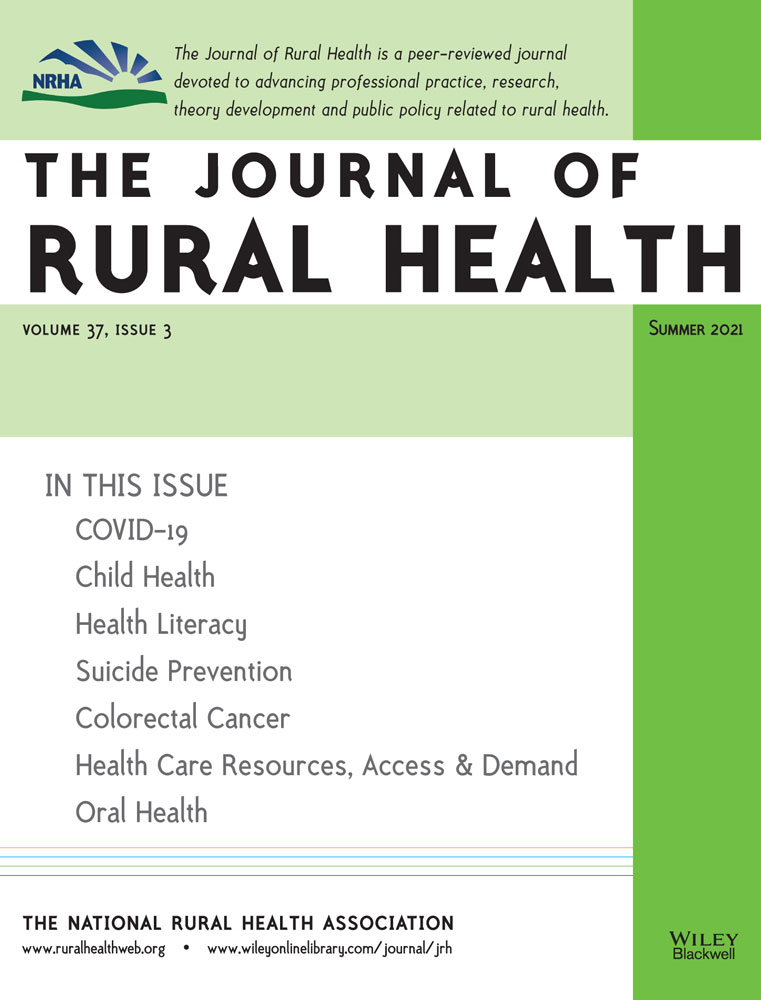An examination of telehealth policy impacts on initial rural opioid use disorder treatment patterns during the COVID-19 pandemic
Dr. Wilson's current affiliations are 4 and 5. At the time of study completion, her affiliations were 1, 3, and 4.
Abstract
Purpose
Tracking changes in care utilization of medication for opioid use disorder (MOUD) services before, during, and after COVID-19-associated changes in policy and service delivery in a mixed rural and micropolitan setting.
Methods
Using a retrospective, open-cohort design, we examined visit data of MOUD patients at a family medicine clinic across three identified periods: pre-COVID, COVID transition, and COVID. Outcome measures include the number and type of visits (in-person or telehealth), the number of new patients entering treatment, and the number of urine drug screens performed. Distance from patient residence to clinic was calculated to assess access to care in rural areas. Goodness-of-Fit Chi-Square tests and ANOVAs were used to identify differences between time periods.
Findings
Total MOUD visits increased during COVID (436 pre vs. 581 post, p < 0.001), while overall new patient visits remained constant (33 pre vs. 29 post, p = 0.755). The clinic's overall catchment area increased in size, with new patients coming primarily from rural areas. Length of time between urine drug screens increased (21.1 days pre vs. 43.5 days post, p < 0.001).
Conclusions
The patterns of MOUD care utilization during this period demonstrate the effectiveness of telehealth in this area. Policy changes allowing for MOUD to be delivered via telehealth, waiving the need for in-person initiation of MOUD, and increased Medicaid compensation for MOUD may play a valuable role in improving access to MOUD during the COVID-19 pandemic and beyond.




